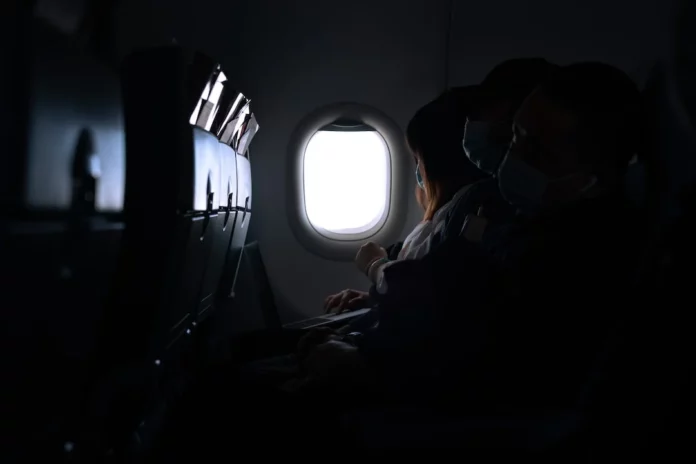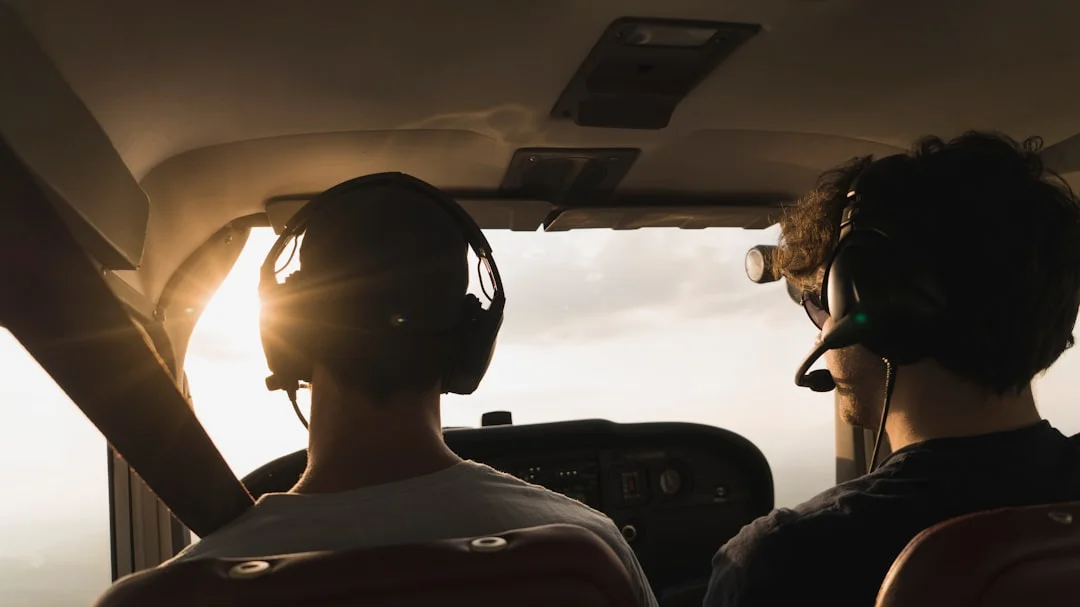In the field of aviation, flight training devices (FTDs) play a crucial role in preparing aspiring pilots for the challenges they will face in the skies. A flight training device, often abbreviated as FTD, is a replica or simulation of an aircraft’s controls and systems that allows pilots to practice and hone their skills in a safe and controlled environment. These devices are designed to provide a realistic flight experience and replicate the various aircraft types and scenarios that pilots may encounter during their training.
FTDs serve as cost-effective alternatives to actual aircraft for training purposes, allowing pilots to practice maneuvers, procedures, and emergency scenarios without the associated risks and expenses. They offer a controlled environment where pilots can make mistakes and learn from them, ensuring enhanced safety and improved proficiency in real-world flight operations.
The Benefits and Types of Flight Training Devices
The use of flight training devices comes with several benefits that contribute to the development of skilled and competent pilots. These devices offer:
- Realistic Training Experience: FTDs replicate the sensations and complexities of actual flight, providing pilots with a close-to-real experience. They simulate various flight conditions, weather scenarios, and cockpit environments, helping pilots develop critical decision-making and problem-solving skills.
- Cost Savings: Training in FTDs is significantly more cost-effective compared to using actual aircraft. A single hour of flight in a real aircraft can be exceptionally expensive, whereas FTDs offer an affordable alternative for practice and training sessions.
- Enhanced Safety: Flight training devices provide a controlled environment where pilots can practice emergency procedures without putting lives or property at risk. This allows pilots to learn and refine skills in a safe and controlled setting.
- Repeatability and Flexibility: FTDs enable instructors to recreate specific scenarios multiple times, allowing pilots to practice maneuvers repetitively until they achieve mastery. These devices can also be easily reconfigured to simulate different aircraft types, ensuring pilots gain exposure to a wide range of flight systems.
- Reduced Environmental Impact: Training in flight simulators has a lower carbon footprint compared to actual flights, contributing to a more sustainable aviation industry.
There are multiple types of flight training devices available, each catering to specific training needs and requirements. Some commonly used types include:
- Flight Simulator (Level D): The highest level of FTD, a level D flight simulator provides the most realistic experience, replicating a specific aircraft type with high-fidelity visuals, motion, and sound systems. These simulators are often used for advanced training for airline pilots.
- Flight and Navigation Procedures Trainer (FNPT): FNPT devices are designed to replicate the cockpit and systems of specific aircraft types, enabling pilots to practice navigation procedures and flight maneuvers. These devices may not have the same level of fidelity as level D simulators but still provide a realistic training experience.
- Basic Aviation Training Device (BATD): BATDs are simplified replicas of aircraft controls and instruments, primarily used for basic flight training and instrument rating practice. These devices are cost-effective and offer an entry-level solution for pilot training.
- Advanced Aviation Training Device (AATD): Similar to BATDs, AATDs provide a higher level of functionality and realistic flight simulation. They are often used for advanced training, instrument proficiency checks, and recurrent training.
- Flight Training Device (FTD): FTDs, as a general term, encompass all types of flight training devices. They range from basic models to complex simulators, offering varying levels of fidelity and functionality.
The Evolving Role of Flight Training Devices
In recent years, flight training devices have seen significant advancements in technology, further enhancing their capabilities and realism. These advancements have made FTDs more effective tools for pilot training and have expanded their usage across various sectors of aviation. Key developments include:
Visual Systems: Modern FTDs incorporate high-resolution visuals that closely resemble real-world environments. Advanced graphics engines and realistic scenery help pilots practice visual navigation and develop situational awareness.
Motion Systems: Some FTDs are equipped with motion systems that simulate the movement and vibrations experienced during actual flight. This adds an extra layer of realism, enabling pilots to develop a better sense of aircraft control and responsiveness.
System Replication: FTDs now replicate aircraft systems with a high level of accuracy, recreating the functionalities and responses of various systems, such as engines, avionics, autopilot, and more. This allows pilots to train on specific aircraft models and become proficient in their operation.
Connectivity and Networked Simulators: FTDs can now be interconnected, enabling pilots to train in a shared simulated airspace. This fosters realistic communication and coordination between pilots, contributing to effective multi-crew and air traffic control training.
With these advancements, flight training devices have become powerful training tools that can effectively augment pilot training, helping pilots develop the necessary skills and knowledge required for safe and competent flight operations.
For More: What is LDA in Aviation? (Localizer Type Directional Aid)




